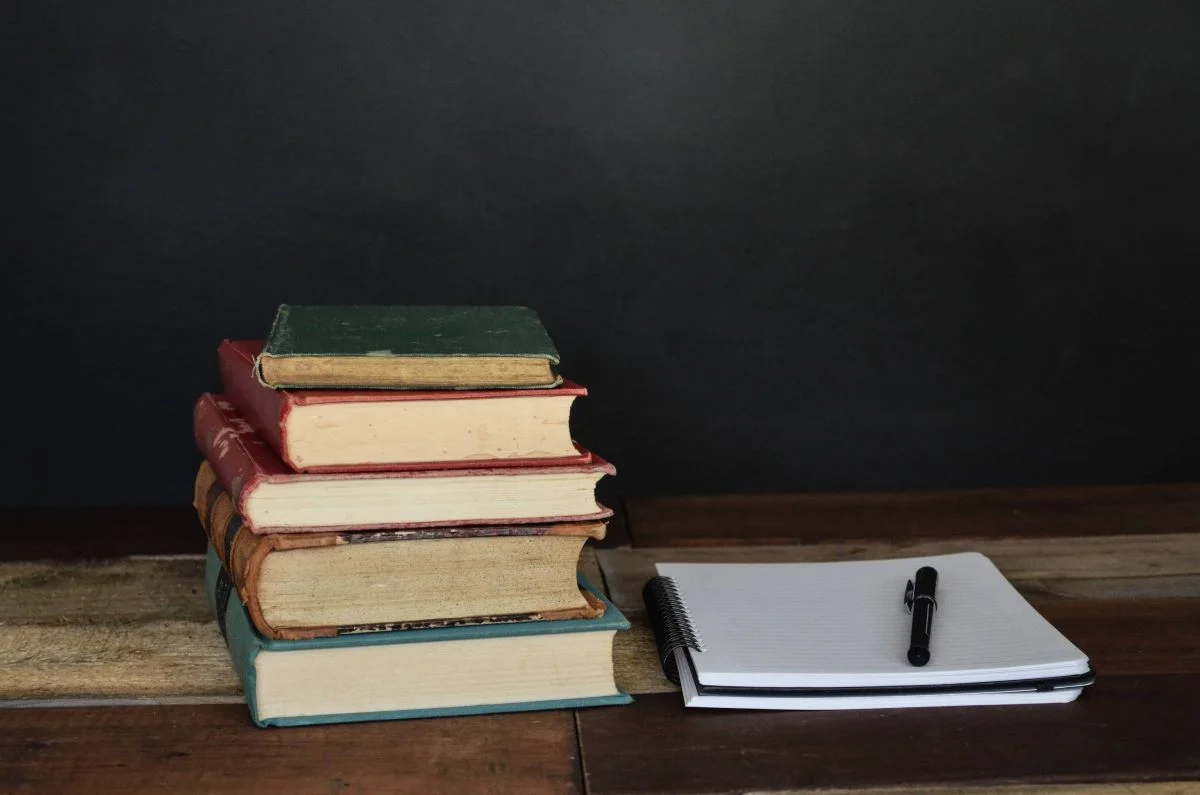Ever since schools shut down during the start of the pandemic, everyone has been asking: “When will we return to normal and when will we have the comeback of face-to-face classes, the Philippines?”. Well, only very recently, face-to-face classes in 100 public schools across the country were held for the first time in almost two years. The pilot run of classes has been a welcome sight for many people, students and parents alike. It comes especially considering the education of a significant number of students has been disrupted due to the COVID-19 pandemic.
In this article, we go over many of the questions that people have asked. Including whether or not Philippine Schools and the education system are ready for face-to-face classes, what the advantages and disadvantages are of having face-to-face classes, and what the factors affecting the resumes of these classes are.
Are PH Schools Ready for Face-To-Face Classes Post-pandemic?
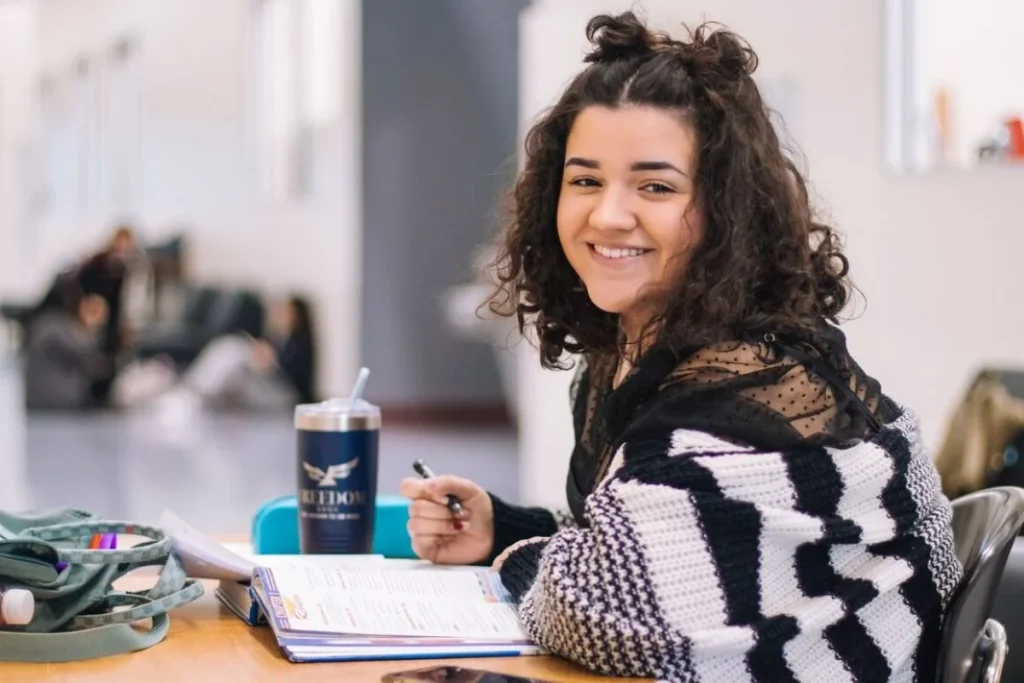
The Manila Bulletin initially went over the 2022 National Expenditure Program (NEP) or the version of the national budget submitted by the executive branch and the General Appropriations Bill, the newspaper had seen that there was no item in the preparations and the implementation of face-to-face classes in the DepEd, CHED, and the State Universities and Colleges.
That said, schools have made preparations in anticipation that more schools will be included in the F2F movement over the next couple of months.
But before then, let’s discuss some of the hindrances holding back face to face during a pandemic and some of the difficulties in face-to-face classes.
For one thing, Data from the Department of Education led by Vice President Sara Duterte shows that there are only 3,657 public school nurses for 21,741,049 public school students this year. This means a school nurse would have to attend to an average of 5,945 students.
Immediately we notice that this poses a problem amidst the struggle of the raging pandemic going on. On top of that, only 13,081 schools have clinics and 2,970 schools don’t have basic handwashing facilities.
In spite of this apparent lack of preparation, a dry run of face-to-face classes in areas deemed low risk for COVID-19 has continued to occur and evaluation will take place to see which areas are capable of running face-to-face classes. That said, many people have expressed misgivings about the dry run as this could expose students and teachers alike to the virus.
DepEd’s Recommendation on Limited Face-To-Face Classes?
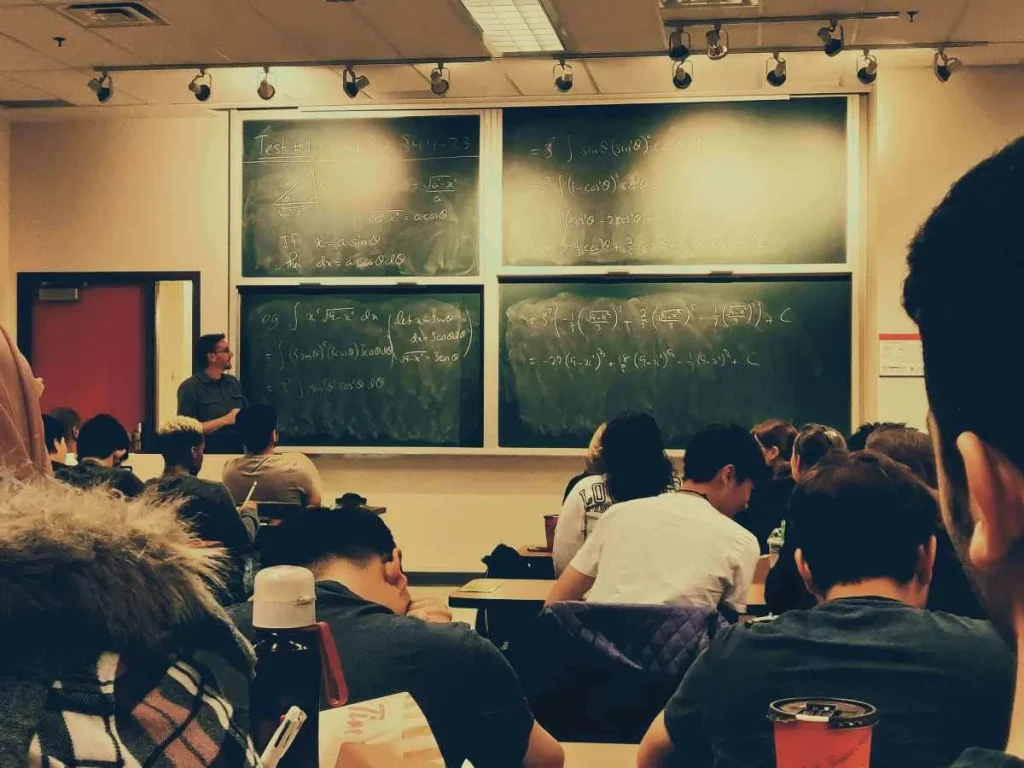
DepEd on Thursday, Oct. 7, reiterated the need for in-person learning amidst the concerns on the pilot implementation of limited face-to-face classes in low-risk areas. DepEd tried to run a pilot of limited face-to-face classes once again on November 15, 2021, for schools. To ensure the success of this endeavor, DepEd has worked closely with child health experts as well as those from the Deport of Health, the Inter-Agency Task Force for the Management of Emerging Infectious Diseases, and other concerned groups. For CHED’s part, they’ve promised the same level of preparedness, with 73 percent of higher education personnel from all over the country supposedly vaccinated against COVID.
For students, the problem isn’t as straightforward as child inoculation against COVID-19 remains a study subject to more extensive research and testing, though the World Health Organization has allowed for the vaccination of older children and teenagers, many of whom are under the care of CHED.
Despite the rather slow response of the Philippine government to reopen schools and once again allow face-to-face classes, this doesn’t really display a problem, however. Looking at the existing examples, such as China and South Korea, we find that these companies have had to deal with a renewed outbreak of COVID cases that had already started in schools. Given the prolonged response of DepEd and CHED, they’ve had ample time to ensure that face-to-face classes won’t face unnecessary disruption in the form of COVID outbreaks. Parents are given the option to keep their children in a blended learning setup for the coming school year.
With a pilot run looking to cover more schools and more students, DepEd will receive a better grasp of just how ready we are for learning post-COVID.
Why Should We Resume Face-To-Face Classes?
That said, what are some of the advantages of learning face-to-face?” Where teacher and student meet in a set place for a set time, for either one-on-one learning or, most commonly, in group learning class lessons, which is what happens every day in school.
So what are the learning advantages of face-to-face learning in the classroom? Let’s check it out:
Helps Mitigate Challenges of Distance Learning
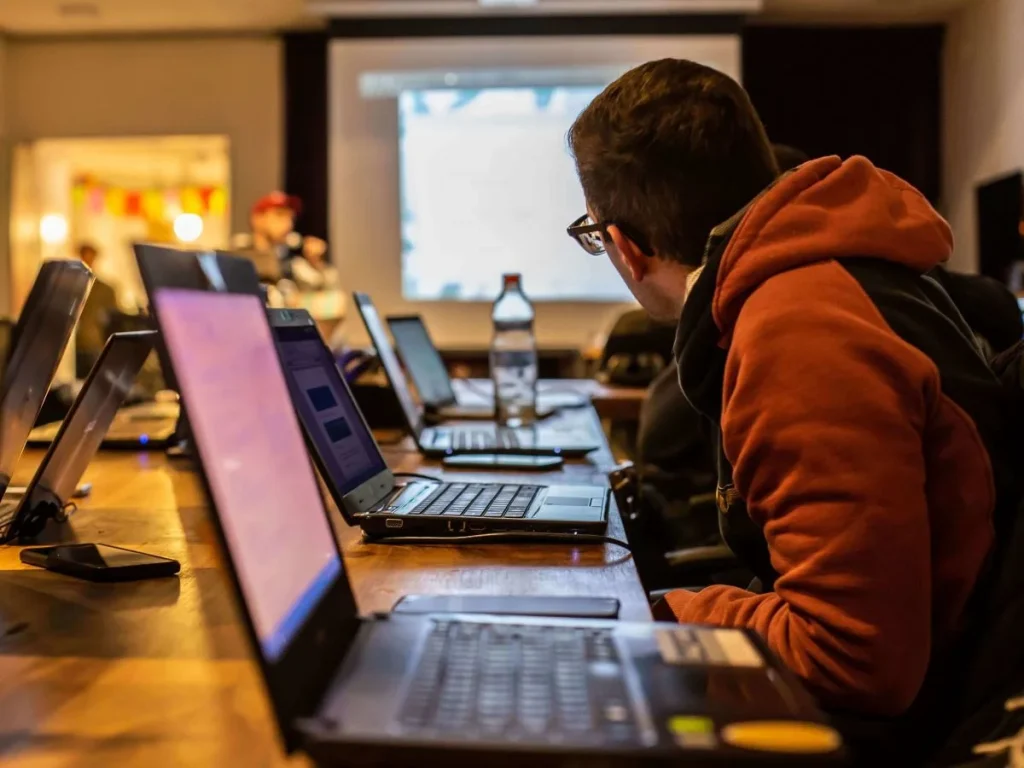
Some of the problems of distance learning include the quality of instruction, hidden costs, misuse of technology, and the attitudes of instructors, students, and administrators. The quality of instruction, for example, depends on the attitude of the administration and instructor. Teachers report that after teaching one course, the majority of instructors were willing to teach another but they only related the quality of the course as only equal or lower quality than other classes taught on campus. The attitudes faced by students are also inconducive for an effective learning environment for the students, citing demoralization, poor working conditions, isolation, and personal and professional deprivation.
Students Are Better Able to Concentrate Harder on Their Learning Because There’ll Be Less Distraction
One of the worst parts about the fact that you’re working from home is the fact that there is the possibility of not utilizing all the potential of technology. Some of these problems arise from a lack of training, they could also arise from the instructor’s attitudes about using technology, or others simply because they serve as distractions.
In more cases than one, students can be found not paying attention to class as they easily get distracted by the immediate access of their devices at home.
Take, for example, Crown Asia which has houses and lots for sale. The number of distractions that beautiful communities like Crown Asia, which puts up houses and lots for sale, has is quite daunting. For children looking to study, it’s easy to look outside and be distracted by the sheer amount of space available.
You Have a Greater Chance of Completing Your Course Successfully by Doing It in a Classroom Situation
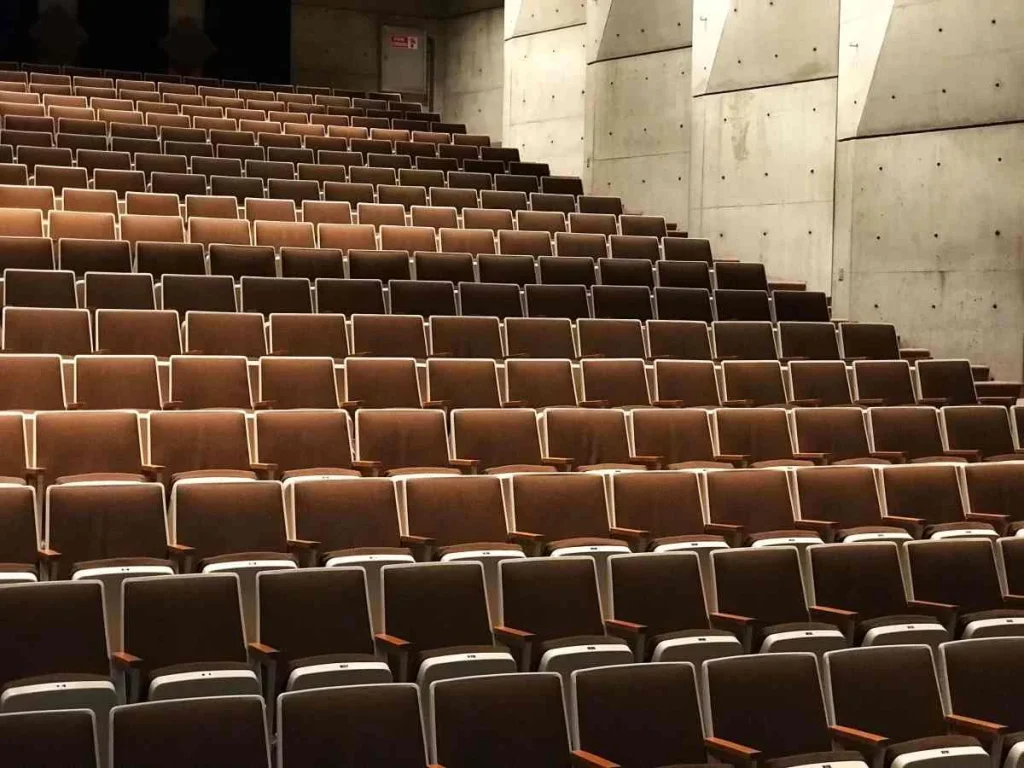
It’s been noted that the completion rate of face-to-face classes is almost 5 times higher than that of online learning. This ties in heavily with what we said earlier about students being distracted in an online environment. With nothing to discuss or pay attention to other than the class at hand, students simply learn more and have higher chances of completing their coursework with higher grades.
The Disadvantages Of Face-To-Face Classes
Some people actually prefer studying online at their own pace, in the comfort of their home or somewhere else, or if you live in a training college, online courses may be better for you as a college student.
Some people find it difficult to study in a face-to-face setting, so by studying online, they’re given the flexibility and convenience of choice and online scheduling. Here are some cons of face-to-face learning.
The Lecturer Only Has a Certain Amount of Time to Get Through Subjects
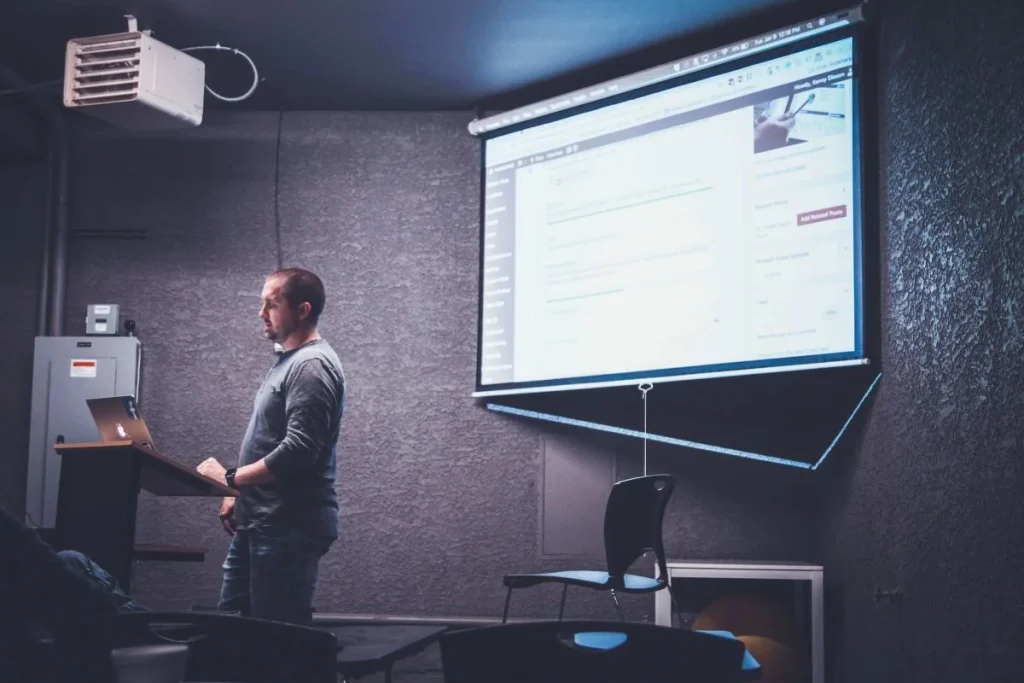
Due to time constraints in class, the lecturer cannot answer each and every question in class. Not only that but both teachers and students lose flexibility with their time in the middle of class, leaving less time to answer each and every student’s question.
In an online setting, students are able to ask around and are given enough time to ask questions to their teachers and get ample replies. This doesn’t exist in a face-to-face setting. At most, you’ll get to ask two to three questions as a class at max and just pray that one of those questions asked is yours.
Extra Expenses and Higher Tuitions Exist When You’re Working on Site
Another disadvantage you have when you’re facing onsite classes are the extra expenses that are often hidden and could easily pile up over an extended period of time. Be it faculty costs, classroom maintenance, or administrative salaries, these could all pile up for the school and could easily trickle down to you, as the student or parent, as an additional cost.
Not only that, but you’ll also have to factor in the additional costs for transportation and food. After all, you’re not working from home anymore. When you’re working from home, you know the costs and it’s easy to budget for things but in the outside world, there are so many variables and factors that come into play that only represent added costs to you.
You Lose the Flexibility of Your Time
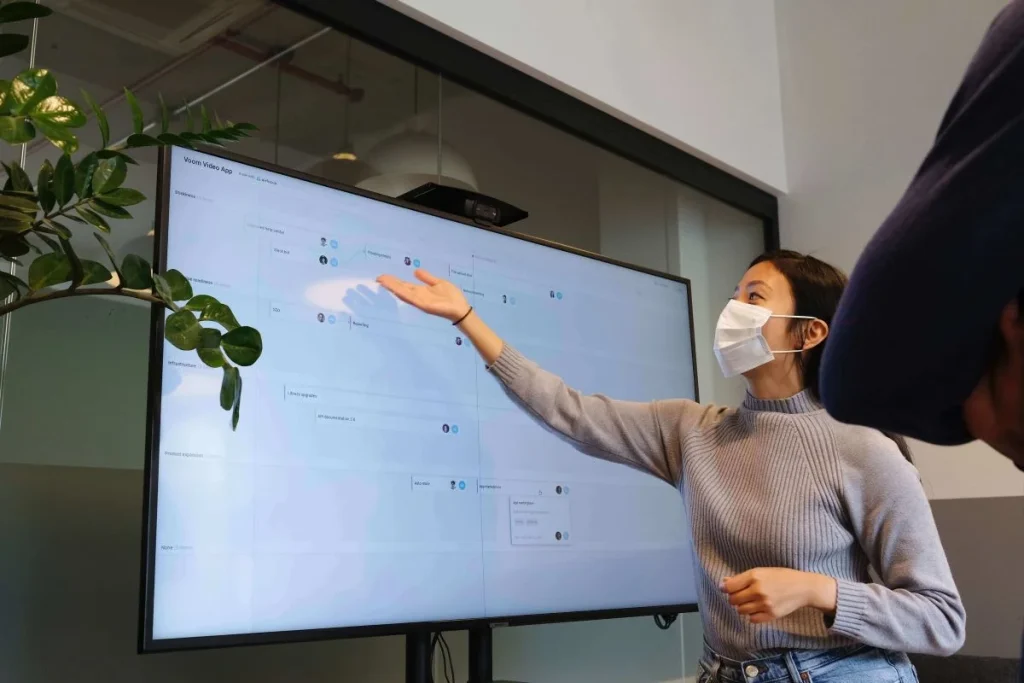
Finally, the last disadvantage of resuming face-to-face classes is losing the flexibility of time. Classes carry from early morning to early afternoon. If you have a daytime job or other responsibilities, it might not fit into your schedule.
Ironically, this never used to be a problem – as in years prior, students were just that: students. But as the pandemic broke out and people lost job options, it became obvious that some students would have had to double-dip and get a side hustle to help support their families. This exception quickly became the rule and as people return to face-to-face classes, it becomes quite scary to imagine them having to lose out on their current arrangements given the lack of flexibility in your schedule.
That said, having online classes can’t be all that bad, right? Especially if you live in one of the houses and lots for sale that Crown Asia has.
How Schools Can Prepare For The Return of Face to Face
Despite the disadvantages, many people say that the benefits of face-to-face classes far outweigh the costs – but only if schools can prove that they can prevent a rise in cases.
So how can schools prepare for the return of face-to-face classes? Here are three things that you can do:
Set Up A School Support Team Appropriate To The Local Context

This step is used to assess the feasibility of implementing protective measures before school reopening as we base it on the recommendations of national and subnational/local authorities. Some of the measures could include assessing school premises for the capacity to maintain a distance of at least 1 meter or assessing the availability and appropriateness of existing handwashing facilities, taking account of social, economic, and cultural contexts as well as assessing the needs of students living with health conditions and special needs.
The school support system could be composed of teachers, school administrators, students, and parents/caregivers.
Check Out Our House and Lot Properties in the South!
Revise Personnel and Attendance Policies
To better prepare for the return of face-to-face classes, we need to revise personnel and attendance policies for segregation. This will be primarily used in support of the School Support System as well as to find health-related absences and persons with pre-existing health conditions.
This will also help support and bring order to remote and blended teaching approaches. At the same time, the school should also look to ensure that an adequate number of students is assigned to each classroom and that their attendance, as well as the reason for absence, is taken into consideration.
Review The Feasibility of Implementing Physical Distancing Inside And Outside Classrooms
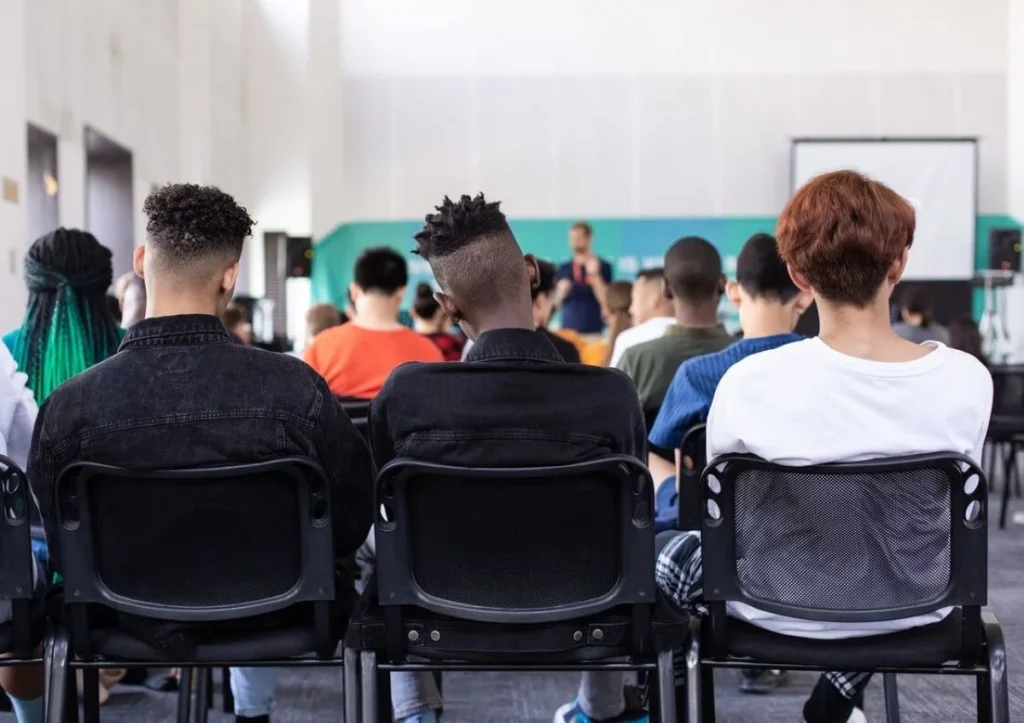
The School Support System will also be used to review the feasibility of implementing physical distancing in and outside classrooms. This organization will identify areas where the measures cannot be implemented. In the same way, the SST will also promote adherence to hand hygiene and respiratory etiquette, as well as the promotion of wearing of masks among students, teachers, and school staff.
Above all, this will also allow maintenance staff to reorganize the school layout. Including classrooms, so as to help enable physical distancing and hygiene measures based on the guidance of the proper authorities.
On The Return Of Face To Face Classes
The return of face-to-face classes is definitely something to look forward to in order to keep up the quality of education that the entire Filipino nation needs. But it must be done in relation to the safety and security of everyone, from the teachers, students, and other school staff.
Read More: Pandemic Face-to-face Classes: All You Need to Know


